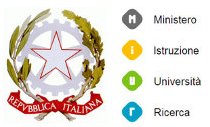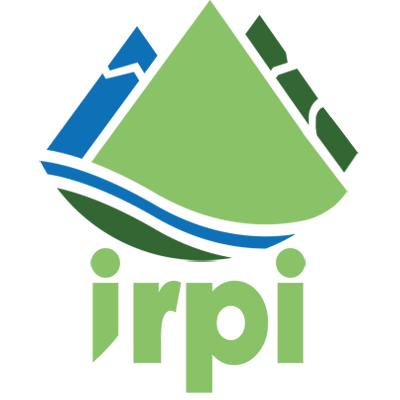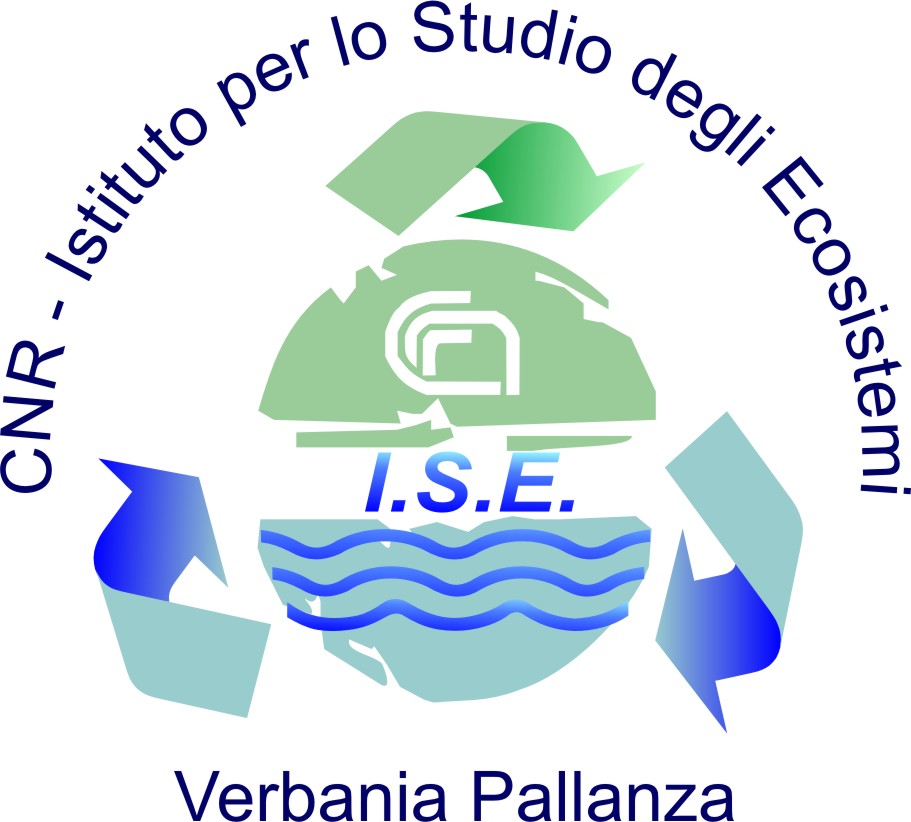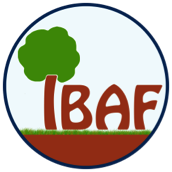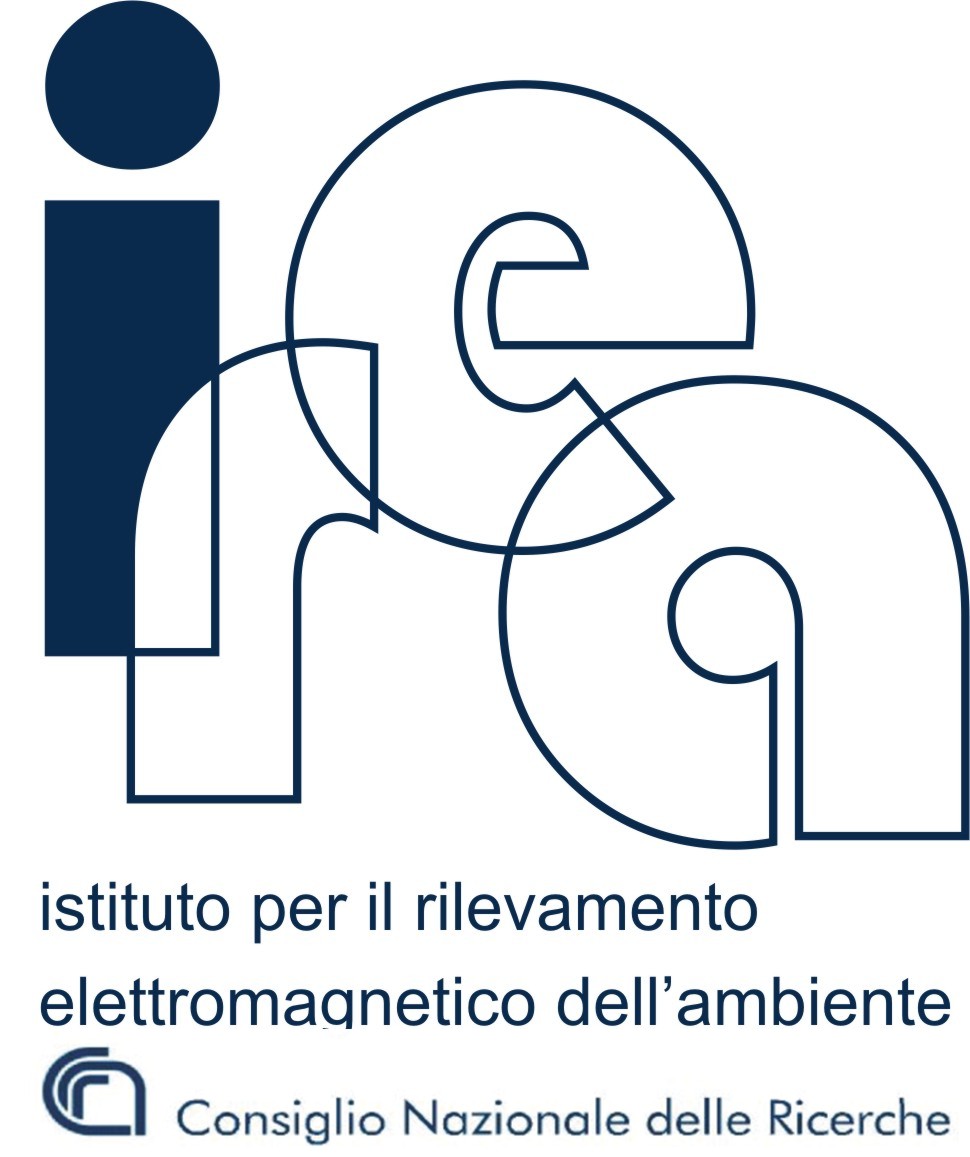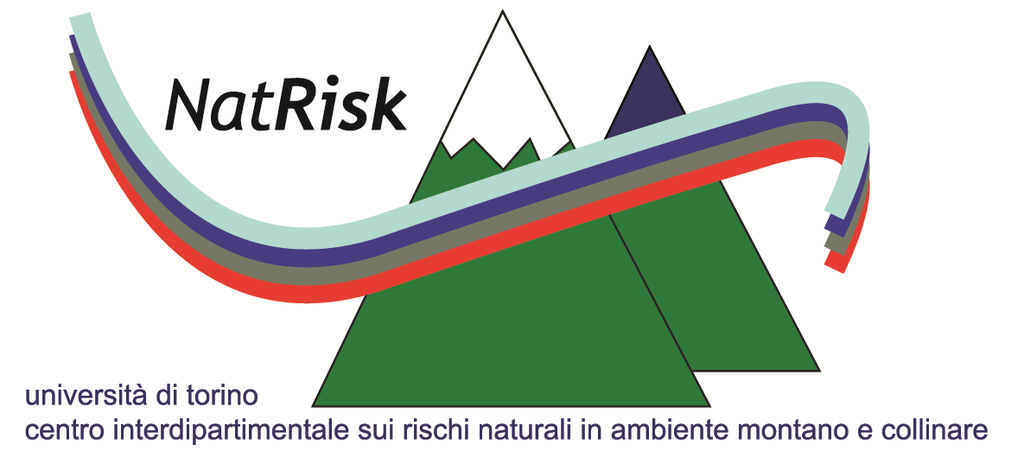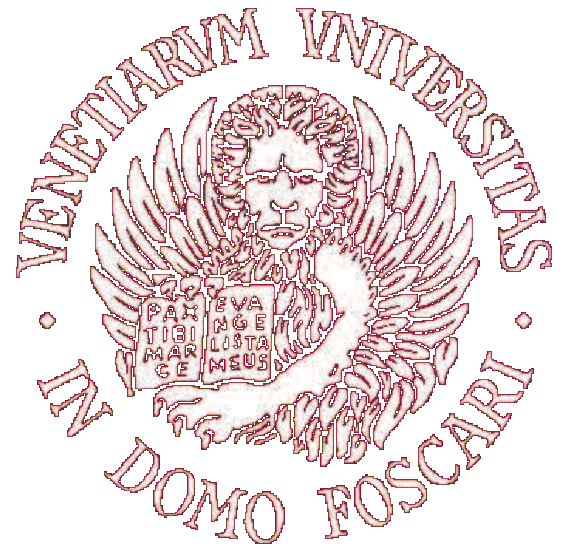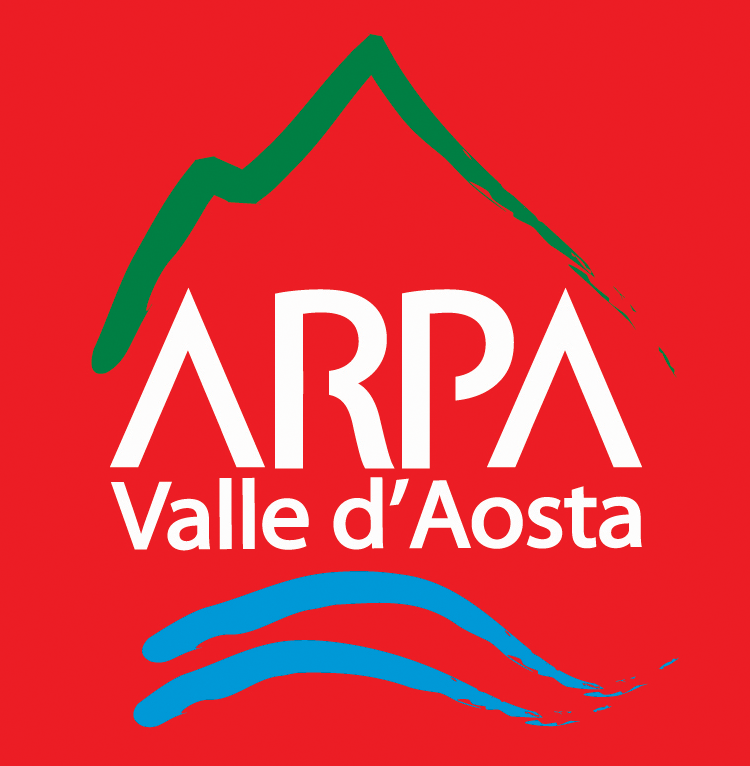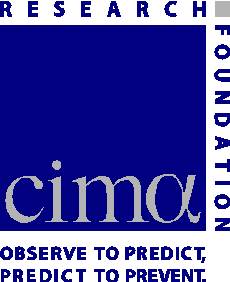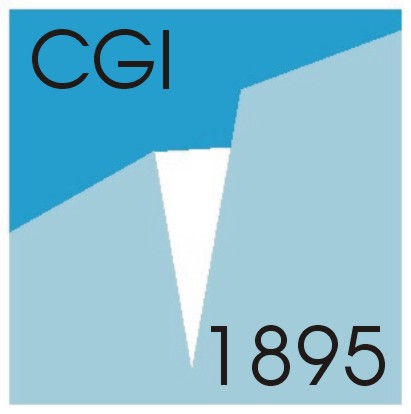You are here
Stochastic downscaling
Introduction
In past years, various techniques have been developed to bridge the scale gap between climate change scenarios obtained from regional climate models and the small scales needed for impact studies. An effective approach is provided by statistical and stochastic downscaling techniques. Statistical downscaling maps large-scale deterministic predictors for precipitation at small scales to produce realizations of the expected small-scale rainfall field. Stochastic rainfall downscaling (Ferraris et al. 2003a,b) aims at generating synthetic spatiotemporal precipitation fields whose statistical properties are consistent with the small- scale statistics of observed precipitation, based only on knowledge of the large-scale precipitation field. Stochastic downscaling has the potential for estimating uncertainties in rainfall scenarios, by generating large ensembles of synthetic small-scale precipitation fields that can be compared with measured data (Brussolo et al. 2008). Clearly, stochastic downscaling is not a substitute for physically based models, but it is a way to introduce rainfall variability at scales not resolved by physical models.
RainFARM
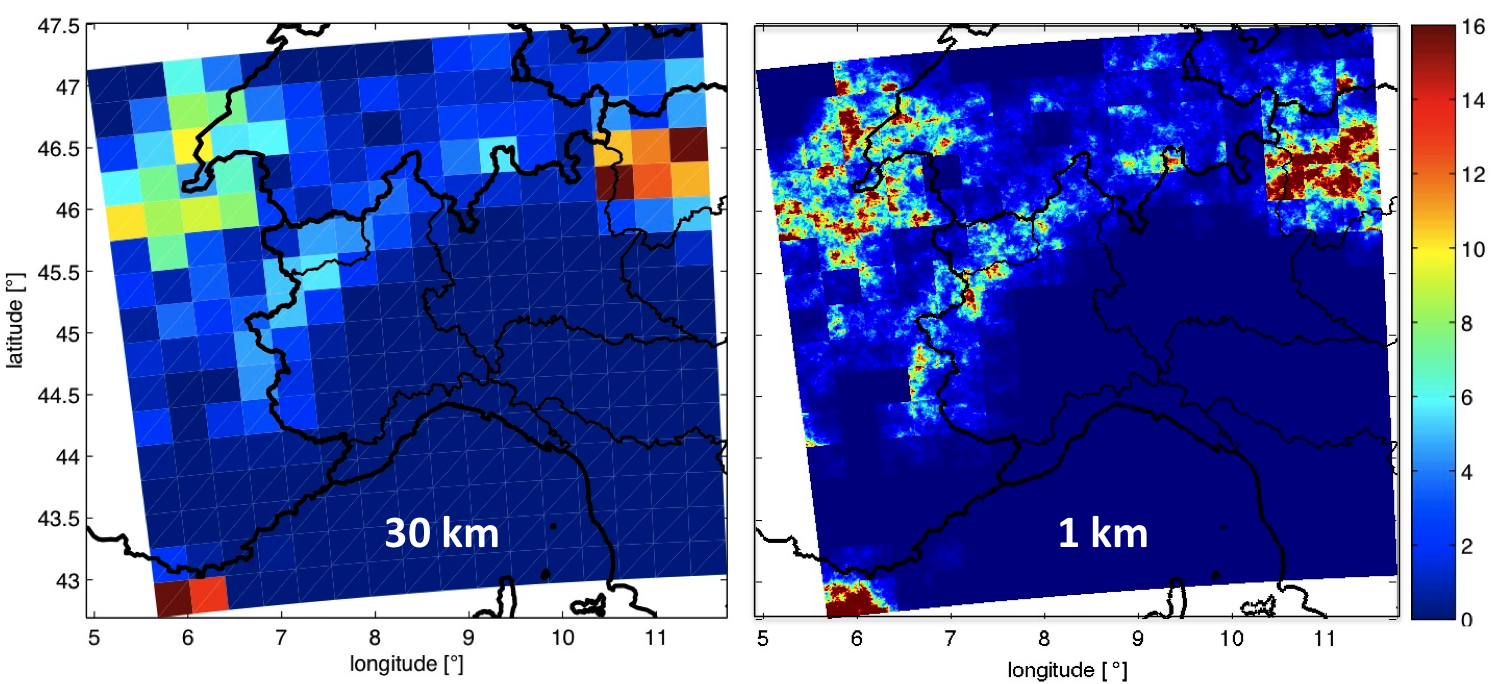 RainFARM (Rebora et al. 2006a,b) is a stochastic downscaling procedure based on the nonlinear transformation of a linearly correlated stochastic field, generated by small-scale extrapolation of the Fourier spectrum of a large-scale field produced by a model or by a reanalysis. Applications of the RainFARM approach include the analysis of the sensitivity of a distributed hydrological model to the variability of the spatiotemporal distribution of rainfall (Gabellani et al. 2007), the estimate of uncertainty in flood predictions (Rebora et al. 2006a), the assessment of the main uncertainty sources in ensemble precipitation forecasts (von Hardenberg et al. 2007), and the quantification of sampling errors for the verification of meteorological forecasts against rain gauge observations (Brussolo et al. 2008). A comparison between stochastic downscaling of large-scale precipitation fields provided by ECMWF reanalyses, using the RainFARM procedure, and dynamical downscaling with a regional model has revealed comparable probabilistic skills (Brussolo et al. 2009).
RainFARM (Rebora et al. 2006a,b) is a stochastic downscaling procedure based on the nonlinear transformation of a linearly correlated stochastic field, generated by small-scale extrapolation of the Fourier spectrum of a large-scale field produced by a model or by a reanalysis. Applications of the RainFARM approach include the analysis of the sensitivity of a distributed hydrological model to the variability of the spatiotemporal distribution of rainfall (Gabellani et al. 2007), the estimate of uncertainty in flood predictions (Rebora et al. 2006a), the assessment of the main uncertainty sources in ensemble precipitation forecasts (von Hardenberg et al. 2007), and the quantification of sampling errors for the verification of meteorological forecasts against rain gauge observations (Brussolo et al. 2008). A comparison between stochastic downscaling of large-scale precipitation fields provided by ECMWF reanalyses, using the RainFARM procedure, and dynamical downscaling with a regional model has revealed comparable probabilistic skills (Brussolo et al. 2009).
The original RainFARM technique was developed for the spatiotemporal downscaling of individual precipitation events on meteorological time scales. Studies of climate change impacts require to downscale precipitation scenarios on long time periods, which include a large number of individual rainfall events with potentially different spectral properties. In addition, the standard temporal resolution of the outputs of state-of-the-art RCMs (on the order of 3 or 6 h in many cases) is often adequate for impact studies. These two characteristics suggest the application of a purely spatial downscaling technique. D'Onofrio et al. 2014 developed a version of RainFARM particularly suited for climate downscaling, by improving the representation of the power spectra and eliminating artifacts when the method is used for purely spatial downscaling. The method was applied to simulations from a regional climate model and verified against observations in North-Western Italy.
Availability
Access to the model and to selected downscaled scenarios is available by contacting directly the NextData project.
A web-based downscaling tool using RainFARM is available.
Bibliografy
- Brussolo, E., J. von Hardenberg, L. Ferraris, N. Rebora, and A. Provenzale, 2008: Verification of quantitative precipitation forecasts via stochastic downscaling. J. Hydrometeor., 9, 1084– 1094, doi:10.1175/2008JHM994.1.
- Brussolo, E., J. von Hardenberg,, and N. Rebora, 2009: Stochastic versus dynamical downscaling of ensemble precipitation forecasts. J. Hydro- meteor., 10, 1051–1061, doi:10.1175/2009JHM1109.1.
- D'Onofrio, D.; Palazzi, E.; von Hardenberg, J., Provenzale A., Calmanti S. Stochastic Rainfall Downscaling of Climate Models. J of Hydrometeorology 15 (2), 830-843 (2014)
- Ferraris, L., S. Gabellani, U. Parodi, N. Rebora, J. von Hardenberg, and A. Provenzale, 2003a: Revisiting multifractality in rainfall fields. J. Hydrometeor., 4, 544–551, doi:10.1175/ 1525-7541(2003)004,0544:RMIRF.2.0.CO;2.
- Gabellani, S., G. Boni, L. Ferraris, J. von Hardenberg, and A. Provenzale, 2007: Propagation of uncertainty from rainfall to runoff: A case study with a stochastic rainfall generator. Adv. Water Resour., 30, 2061–2071, doi:10.1016/j.advwatres.2006.11.015.
- Rebora, N., L. Ferraris, J. von Hardenberg, and A. Provenzale, 2006a: Rainfall downscaling and flood forecasting: A case study in the Mediterranean area. Nat. Hazards Earth Syst. Sci., 6, 611–619, doi:10.5194/nhess-6-611-2006.
- Rebora, N., L. Ferraris, J. von Hardenberg, and A. Provenzale 2006b: RainFARM: Rainfall downscaling by a filtered autoregressive model. J. Hydrometeor., 7, 724–738, doi:10.1175/JHM517.1.

